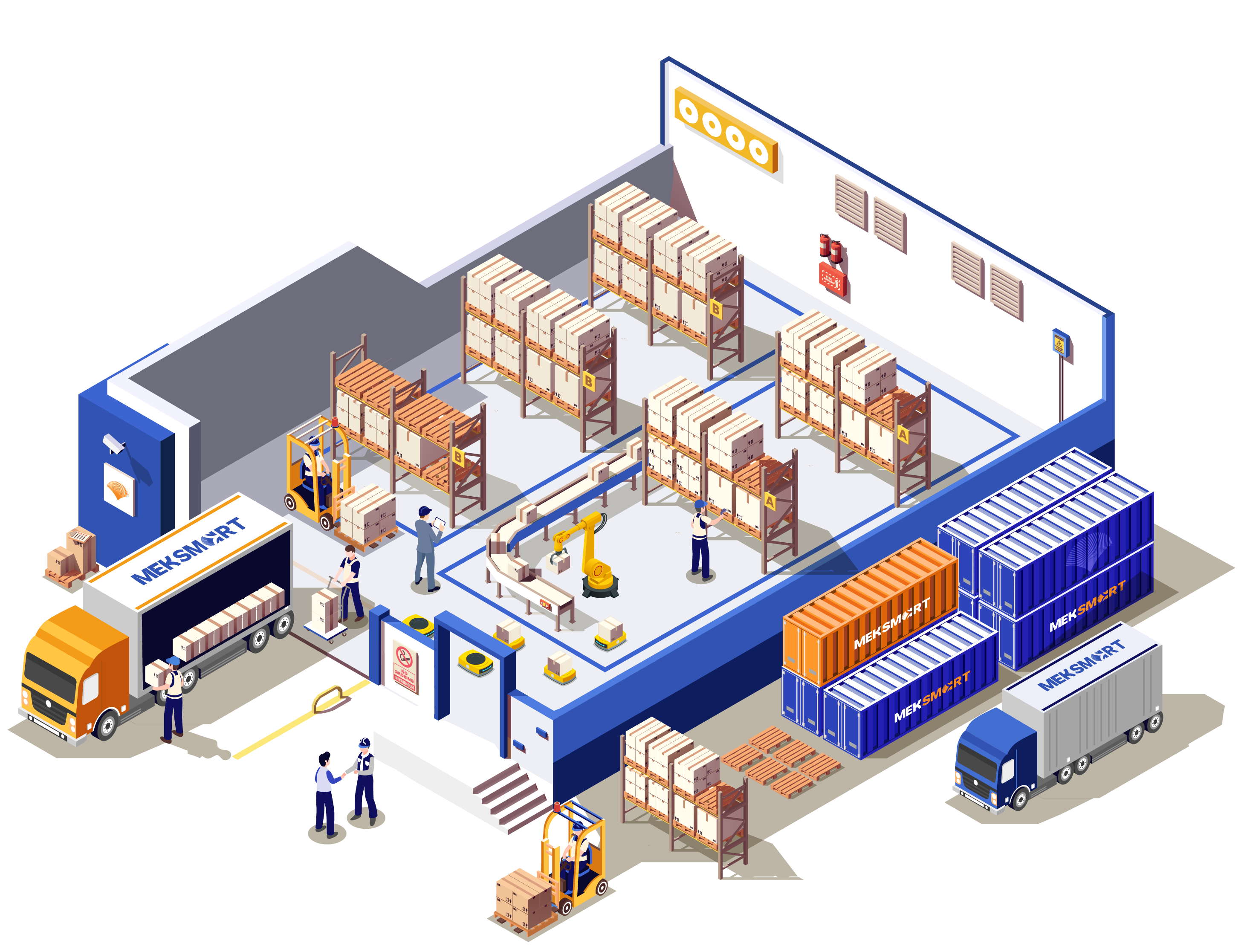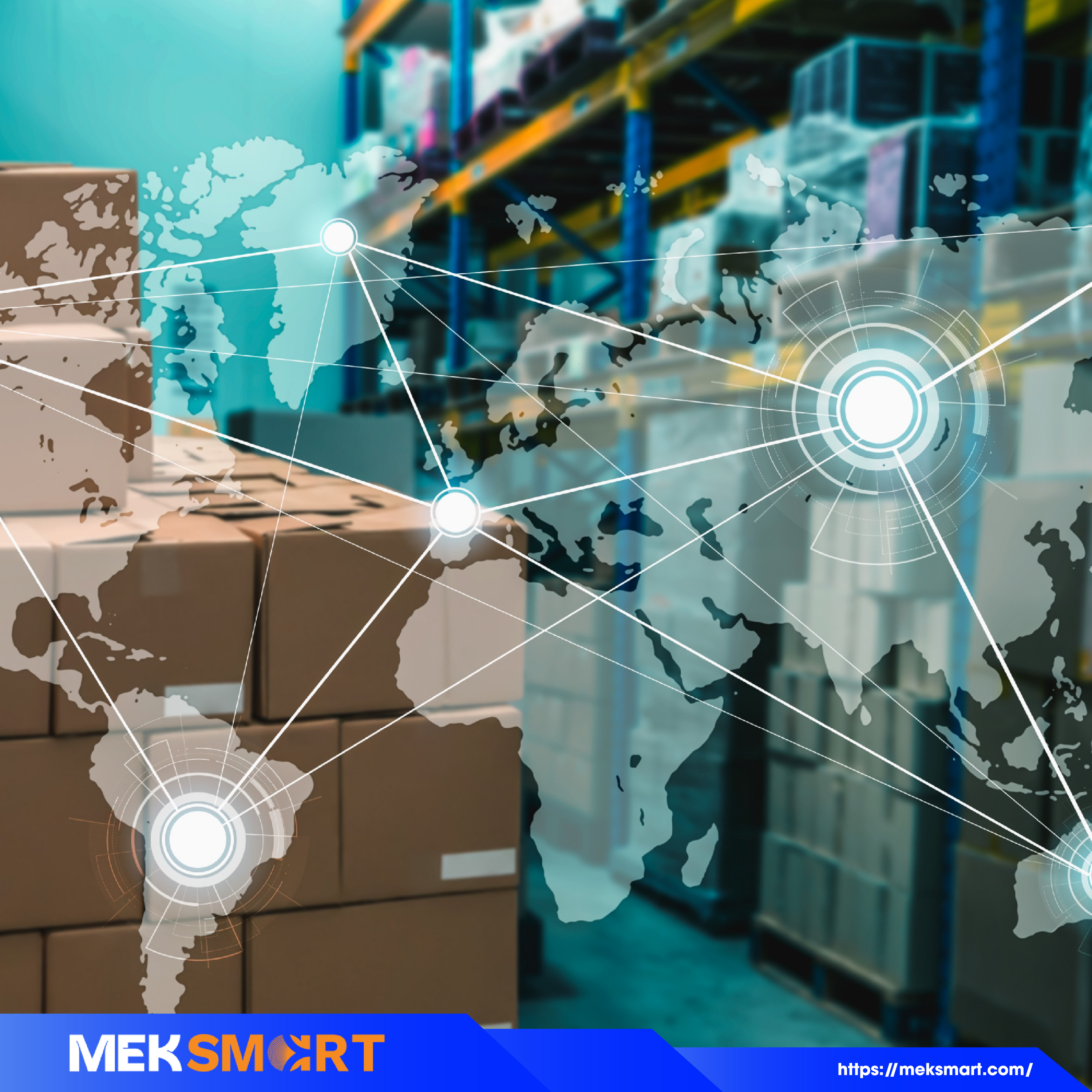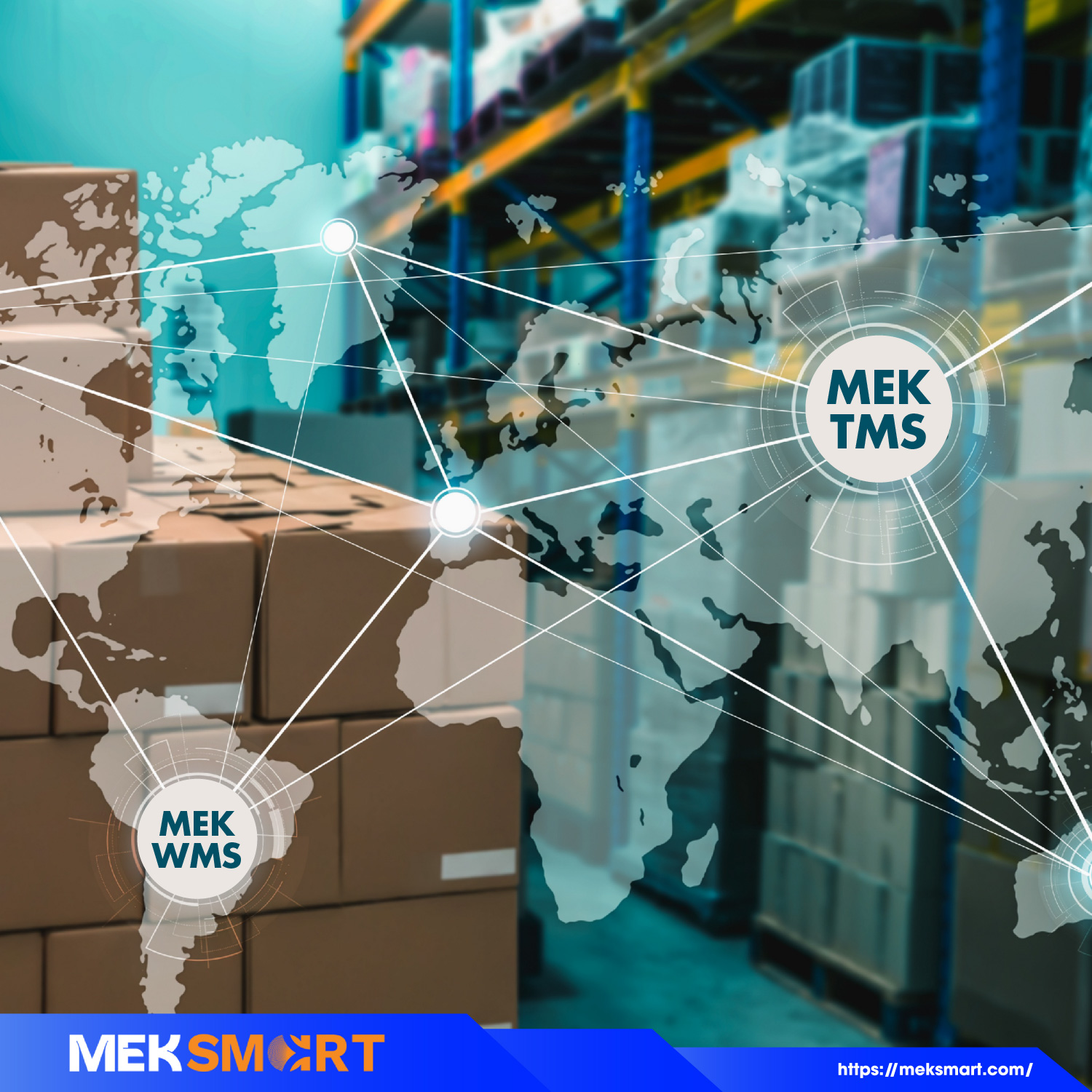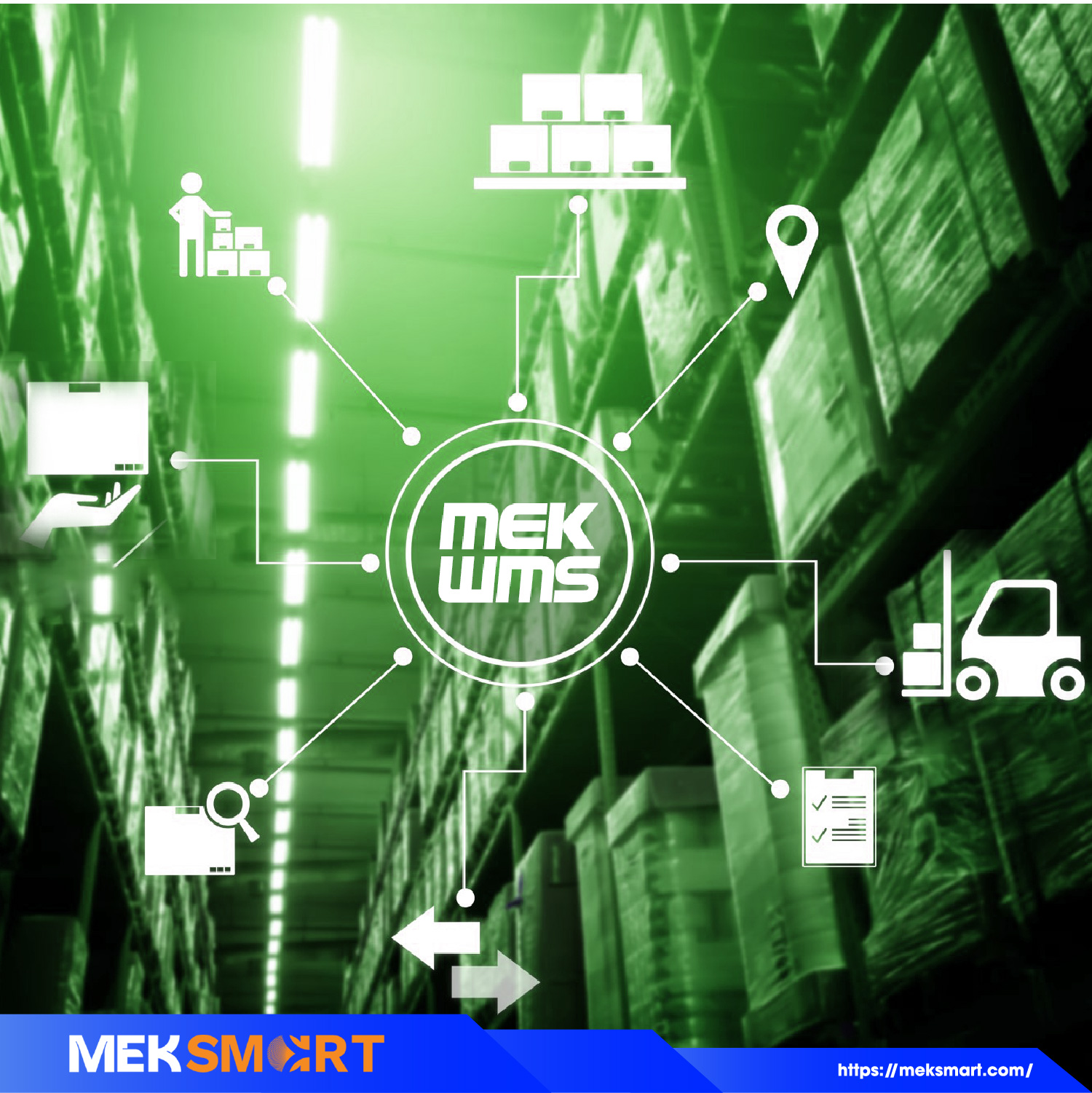MEKSMART
GENERAL NEWS
Author: Meker M
Update: 14/09/2022
UNLEASH THE DIGITAL TWINS' POTENTIAL IN SUPPLY CHAINS

You might not know this, but digital twin technology has been introduced across numerous industries. It has been increasingly affordable and accessible.
Still, this technology has been underutilized in supply chain management. The reason is probably due to the complicated characteristics of the supply chain and the misunderstanding about the application of the technology.
What Is The Technology Of Digital Twins?
Digital twins utilize various enabling technologies, including cloud computing, sensors, simulation, AI, visualization, virtual reality, and advanced analytics. Businesses can utilize a mix of these technologies based on what they expect and need.
What makes digital twins different from other counterparts and powerful is the ability to support crucial decision-making and emulate human abilities.
This technology observes the physical environment via a sensor system that can collect data in real time. Digital twins also evolve thanks to quick learning from the data, real interaction with people, and contexts.
On top of that, digital twins enhance traceability and end-to-end visibility. In other words, they can enable supply chain practitioners to spot highly-complicated and proactive behavior patterns.
The Applications in Supply Chain
An MIT Lab research shows digital twins help enhance business outcomes by detecting the behavior and complexities of the ecosystem of supply chains while adapting dynamically. They thus improve asset performance.
As you might know, modern supply chains have been evolving to encompass the linear movements of goods. They today include various layers of globally-interconnected trade partners.
Accordingly, digital twins can enable businesses to map and mirror complicated networks and hidden uncertainties and meet unstable operational conditions.
A replica of the digital supply chain practically delivers a great end-to-end representation of a complicated and true system. It helps connect all the component entities from warehouses, distribution centers, suppliers, and certainly customers.
Digital twins help businesses enhance the supply chain's performance across various functional areas. At the same time, it provides an in-depth trade-off analysis between emissions, costs, and service levels thanks to introducing AI in the simulation scenarios.
Below are three key functional areas that digital twins are harnessed:
Warehouse Management
Digital twins work in multiple parts of the warehouse automation system, including facility design and inventory management. Businesses introduce digital twins to enhance the efficiency of warehouse operations and test various floor plans virtually to gain comprehensive facility design.
Last-Mile Delivery And Transportation Management
UPS uses many sensors in hubs, packages, and trucks and gathers inputs from employees, customers, and drivers to collect operational information continuously by every logistics entity.
The information points feed the analytics programs of the businesses, optimizing UPS's logistics network for better flexibility and efficiency. Digital twins help thanks to the ability to real-time track packages moving via the system.
Supply Chain Planning
Digital twins can support supply chain planning, including strategic decision-making and tactical to operational planning.
On top of that, digital twins can leverage various sources of data, enhancing end-to-end visibility and connecting stakeholders while leveraging gathered data in the business planning platforms.
Wrapping Up
That's all about the application of digital twins in supply chains. Briefly, this technology can bring significant benefits in three areas:
- Warehouse management
- Last-mile delivery and transportation management
- Supply chain planning
MEKSMART hopes that you can find all the information in this article. Wish you the best!
-
MEKSMART is the pioneer smart warehouse management system (WMS) supplier in Vietnam. We offer a full range of logistics and inventory related services, from real-time processing of inbound and outbound tasks, inventory management, to data integration and reporting and configure inventory information.











